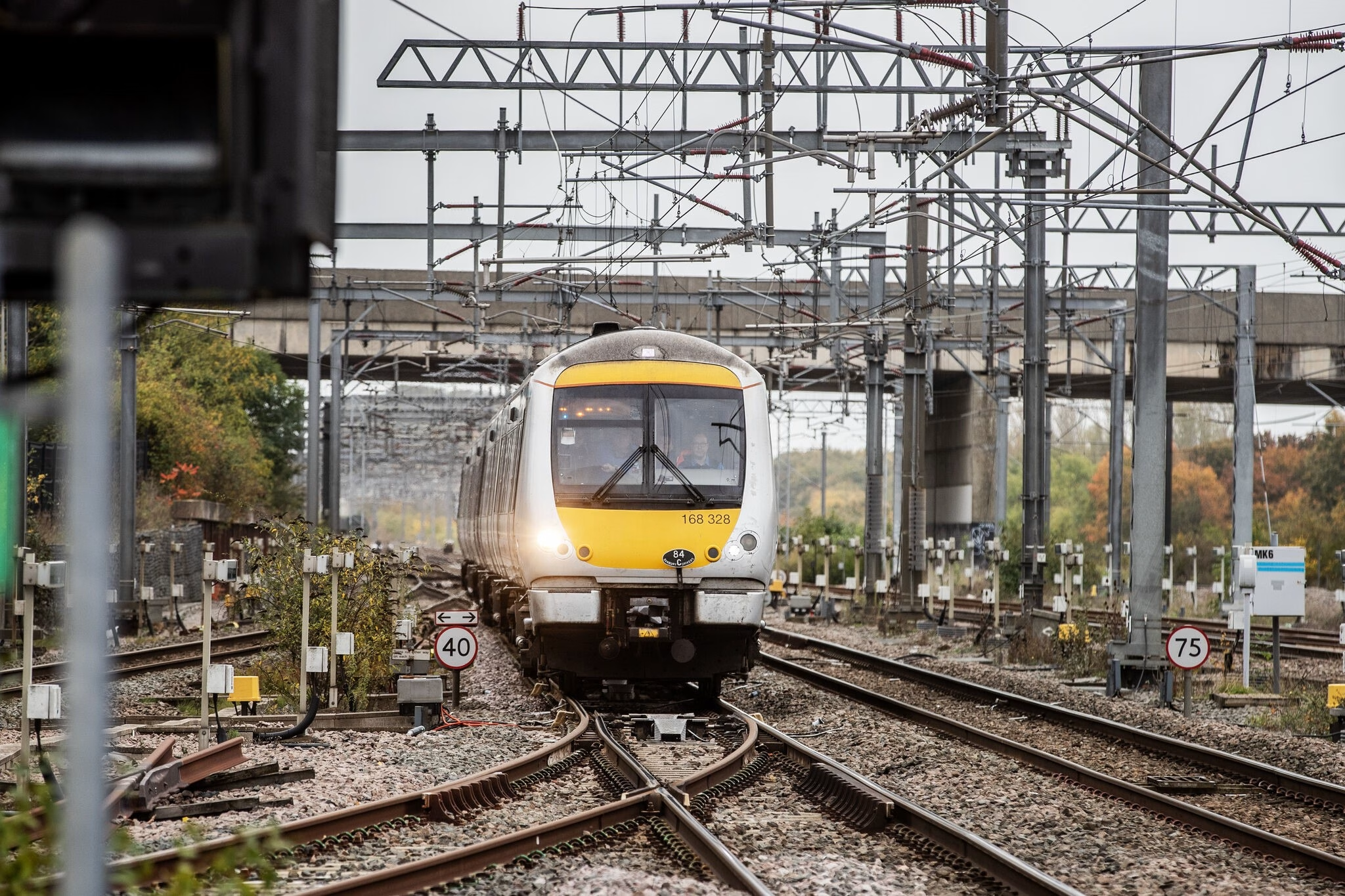The UK government has confirmed the next phase of the East West Rail project. This announcement marks a major step for the corridor linking Oxford and Cambridge. Clearly, the project is not just about transport: it is about economic growth, housing, and better connectivity. Moreover, ministers say this rail line will support up to 100,000 new homes by 2050. In addition, the scheme envisages frequent train services to serve millions of people across the region.
How Public Feedback Was Involved
Community consultation played a big role in shaping the updated proposals. East West Railway Company released a “You Said, We Did” report explaining how they have adapted their plans. Several changes reflect local input: for example, a less disruptive route at Tempsford, and a relocated Cambourne station to avoid green spaces. Additionally, the group plans a new Cambridge East station, which would significantly ease congestion in that area.
Project Factsheet
Route: Oxford to Cambridge, via Milton Keynes, Bedford
Service Frequency: Planned to increase from 3–4 trains/hour to up to 5 trains/hour
Stations: New entrances at Bedford, Bletchley, Cambridge; four new stations on Marston Vale Line; Stewartby station to serve future Universal theme park
Economic Impact: Estimated to unlock £6.7 billion of regional growth by 2050
Homes Supported: Up to 100,000 new homes projected in the Oxford–Cambridge corridor
Power / Trains: Hybrid battery-electric trains will run, using discontinuous electrification
Infrastructure Upgrades and Access Improvements
Furthermore, existing stations will get major upgrades. For instance, Bletchley, Cambridge, and Bedford will each have improved or new entrances. Meanwhile, the Marston Vale Line, long neglected — will gain four modern, accessible stations. The station at Stewartby is especially notable, because it will provide access to a planned Universal resort nearby.

Cutting-Edge Green Technology
To reduce environmental impacts, the rail project will use discontinuous electrification. In this model, some track sections have overhead wires, while others use battery-electric trains. The approach lowers cost, avoids major rebuilds of bridges, and reduces visual disruption.
Economic Vision and Legacy
Moreover, East West Rail is being framed as more than a transport line — it is a catalyst for growth. According to the Department for Transport, the line could unlock £6.7 billion in regional economic activity. Over the long term, this could support up to 100,000 new homes and tens of thousands of jobs. The Transport Secretary argues this is part of a “modern infrastructure” push that will deliver long-term prosperity, aligning with wider development efforts such as the recently approved Gatwick second runway plan.
Challenges and What’s Next
Still, obstacles remain. The project must navigate complex planning processes before a Development Consent Order can be granted. Also, some parts of the route require difficult engineering work, especially where new stations and alignment changes are proposed. Meanwhile, EWR Co says it will continue to engage with communities ahead of a statutory consultation in 2026.

